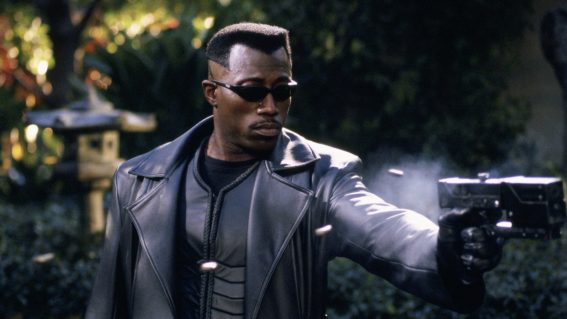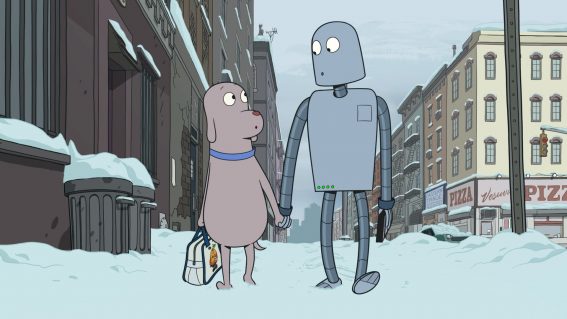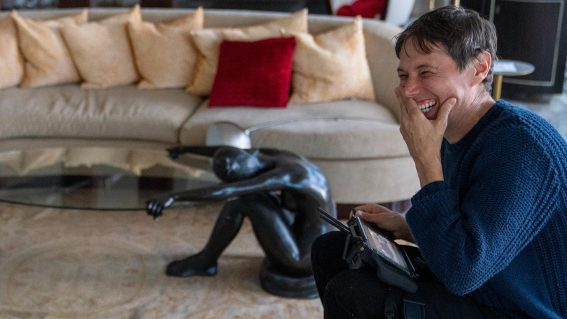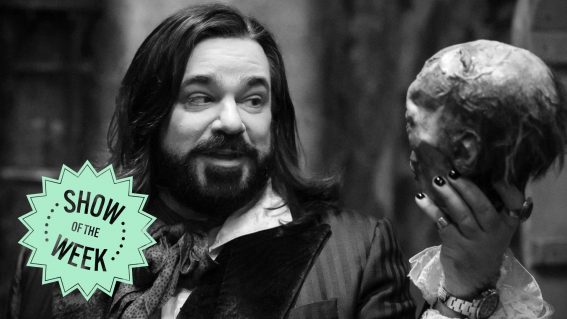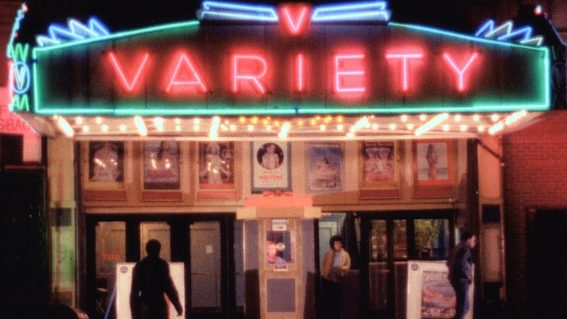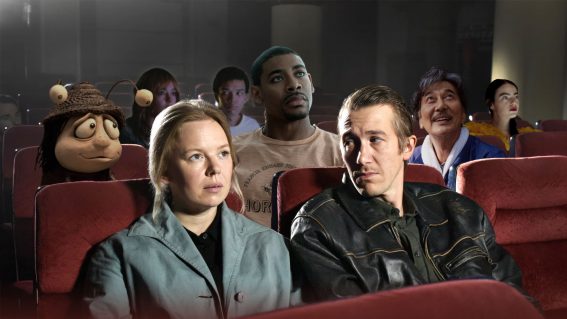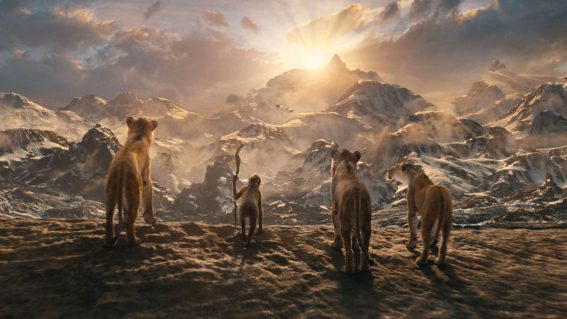Interview: ‘Legend’ director Brian Helgeland
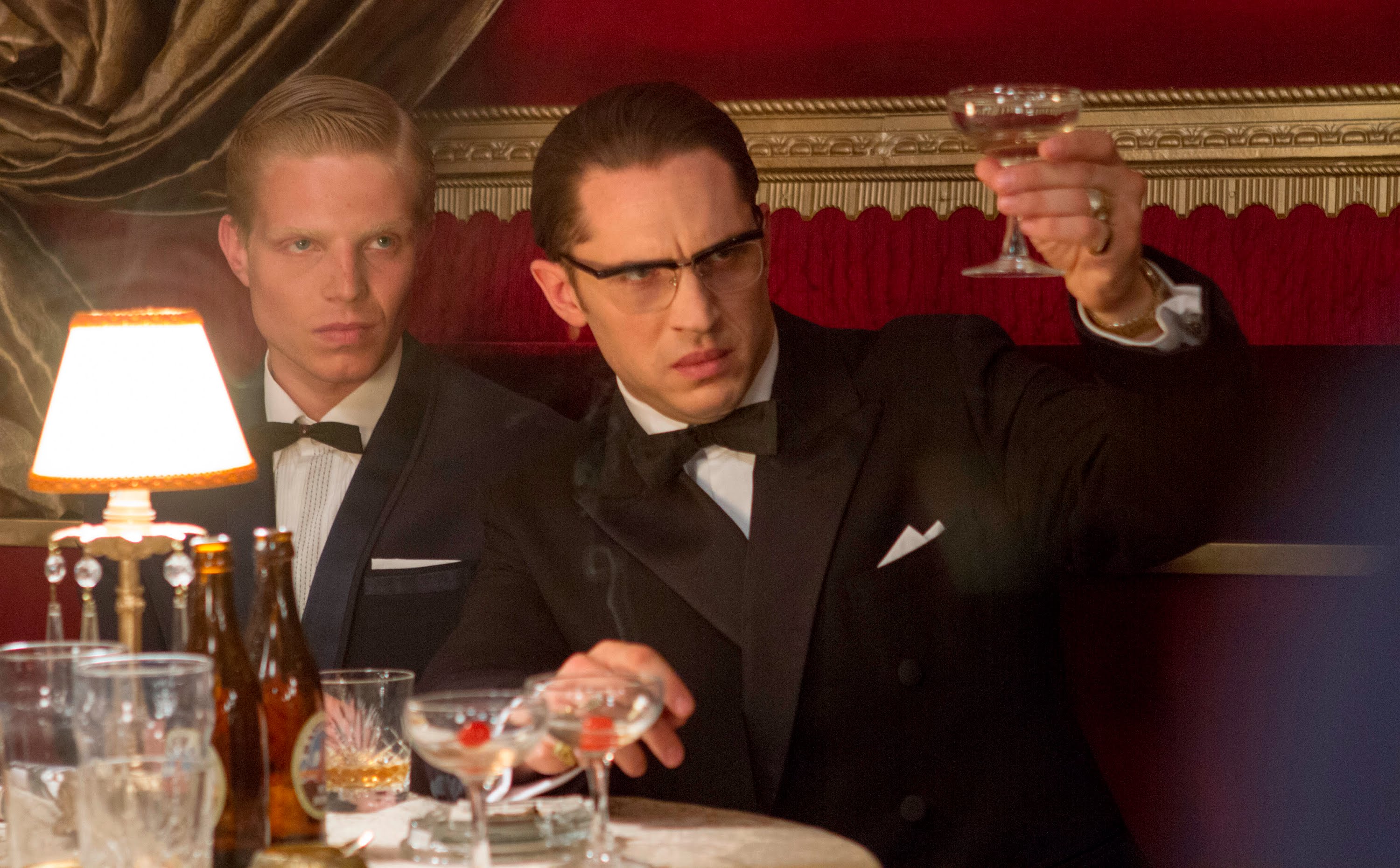
If one Tom Hardy makes a film better, then how about two? In Legend, Hardy stars opposite himself as the notorious Kray brothers, the most infamous and brutal London underworld figures of the 1960s. We spoke with director Brian Helgeland about the gritty content of his film and, of course, serving up twice the Tom.
FLICKS: There’s quite a good whiff of anticipation about Legend over here, and one thing that I think will be making people very happy is that it’s rated R18 for graphic violence and offensive language. For people that like their crime gritty, that’s a really good starting point.
BRIAN HELGELAND: . It’s like there’s no point in messing around. If you’re making a crime movie then you’ve got to go for it, really. And the key is to make it cheap enough that the studio will go for it. Because if you spend too much money then you’re obliged to try to help them get it back, and the rating is the key way that they want to get it back. So if you don’t spend too much then they look the other way on the ratings sometimes.
The first thing is, it’s the Krays and part of their legend, so to speak, is the violence. It’s part of what you need to deal with when you tell the story. The nature of it, it becomes part of it too. You want to be able to depict it in a way that gets across the price to be paid and the burden that’s involved with all of it, and the disintegration of lives because of it. So, in a way, it’s not gratuitous almost from the start because it’s part of why things go wrong and why things end up the way they do. You have a chance to deal with violence and to be able to say it’s necessary to tell the story. Everyone considers all those things and the telling of it, it’s not there just for shock value and that kind of thing. So, once it’s dramatically part of the fabric of the film, you can very easily defend it. And again, when you haven’t spent a lot of money making the film, you have much more leeway as a filmmaker to make the film in a way you see fit, in a sense.

The Krays relate to violence in two very different ways. I suppose that as a storyteller, that lets you present a broader range of incidents to the audience who will respond differently, depending on the details.
Right. I think Reggie, until the end of the film, uses violence as a tool of his trade, so to speak. It’s a necessary part of being a gangster. Ron is more prone to outbursts of it, and it’s more an expression of his emotional state and his emotions. So there’s a difference in the way the violence is used. And I think the film itself, the violence is more acceptable at the start and less acceptable by the end, and that was planned, in a way, to give it a shape.
At the beginning, they’re fighting a rival gang who they’re outnumbered by. So immediately, it’s a violent scene, but you’re on their side and you’re cheering for them in a traditional movie sense, because the guys they’re fighting are also gangsters, and like I said, they’re outnumbered by them. By the end of the film, it’s violence against Frances and it’s a real senseless violence, spiraling out of control. The plan was to start it in an acceptable movie way and slowly pull away from that.
It was easy to feel what proportion of the audience was being titillated or shocked by what was happening on the screen.
Yeah. I think you go by your own sense, as far as when you’re making it, of what is the correct balance of it all. I’ve been encouraged by a lot of audience reactions saying that they thought the violence was appropriate for the story. And there’s violence inherent in this story; it’s part of the story. So I think it was an– it might sound strange, but it was an important thing to get right in the story. But you couldn’t do this movie without that, without the violence.
There are so many fascinating things about the Krays, including the idea that they are both folk heroes and also really feared at the same time.
They straddled two worlds as far as crime went. The job of enforcing that back alley world was one thing, and then they had a club-land element to them as well that was one where they used their reputation in a way to attract business. And like he tells Frances, Reggie mixes gangsters with celebrities. That’s his formula for his clubs, and that’s what makes people want to go to them. So on the one hand, they have a legitimate reputation for being criminals, and on the other hand, they use that reputation to be club owners and to make money off that reputation. So it’s a very interesting mix of things.
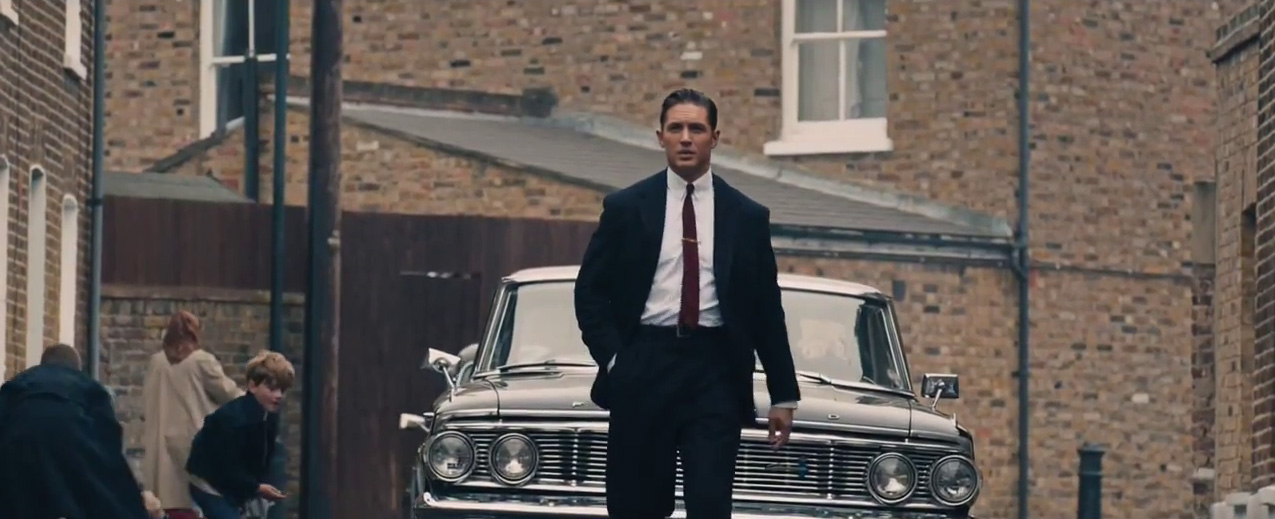
The East End that they grew up in, that metropolitan slum, doesn’t really exist in too many western cities at the minute. Do you think that’s part of the reason why there aren’t people like the Krays walking around today and enjoying the same level of notoriety?
I heard it once described as one of the great slums of Europe, the East End. If you took the Lower East Side of Manhattan in the early 20th Century, that was also definitely a breeding ground for criminals and gangsters because it’s one of the avenues open to the people to achieve more, in a way. They’re not going to be given seats on the New York Stock Exchange. I think it’s a part of a poor neighbourhood. Crime becomes a strata of the economy, in a way. And if you take those neighbourhoods out, it’s going to disappear and they’re definitely targets; a high-flying gangster is definitely become a target of the police, and it’s not going to last very long. But I think all those things still exist; it’s just that they exist in different ways now. And maybe they’re all bankers now, I don’t know. But there’s always someone who has a way to make some way illegally, but it’s just it doesn’t have the same romanticism as it once had.
I imagine it was very common through the 60s for the media to, on the one hand, sell papers by reporting violent exploits, and then also be the same people queuing up to have a drink at the club with criminals.
I know, there was something attractive about them, and there’s something glamorous about the Krays. Someone had said to me that I had glamorised them. And I said, “I didn’t glamorise them. They were glamorous.” They were. They did run these nightclubs, they were sought after, photographed. David Bailey, the photographer, didn’t want to photograph them because they were so unknown. So they were glamorous. I think the question is does being glamorous mean you’re good, which I would say, “No.” Being glamorous just means you’re glamorous.
The real question is probably more “why are they glamorous?”. And I think criminals have always had an attraction to people, for the simple reason that they’re willing to risk their freedom to get what they want, in a sense, and to live this high-flying life for half their life, with the price being that the other half of their life is going to be in prison. Or dead. So that character has an attraction to people, I think. I don’t think it’s that mysterious – they always have been, whether it’s Oliver Twist in a Dickens novel, and Fagan and Bill Sikes, and all those criminal characters that everyone can’t seem to forget.
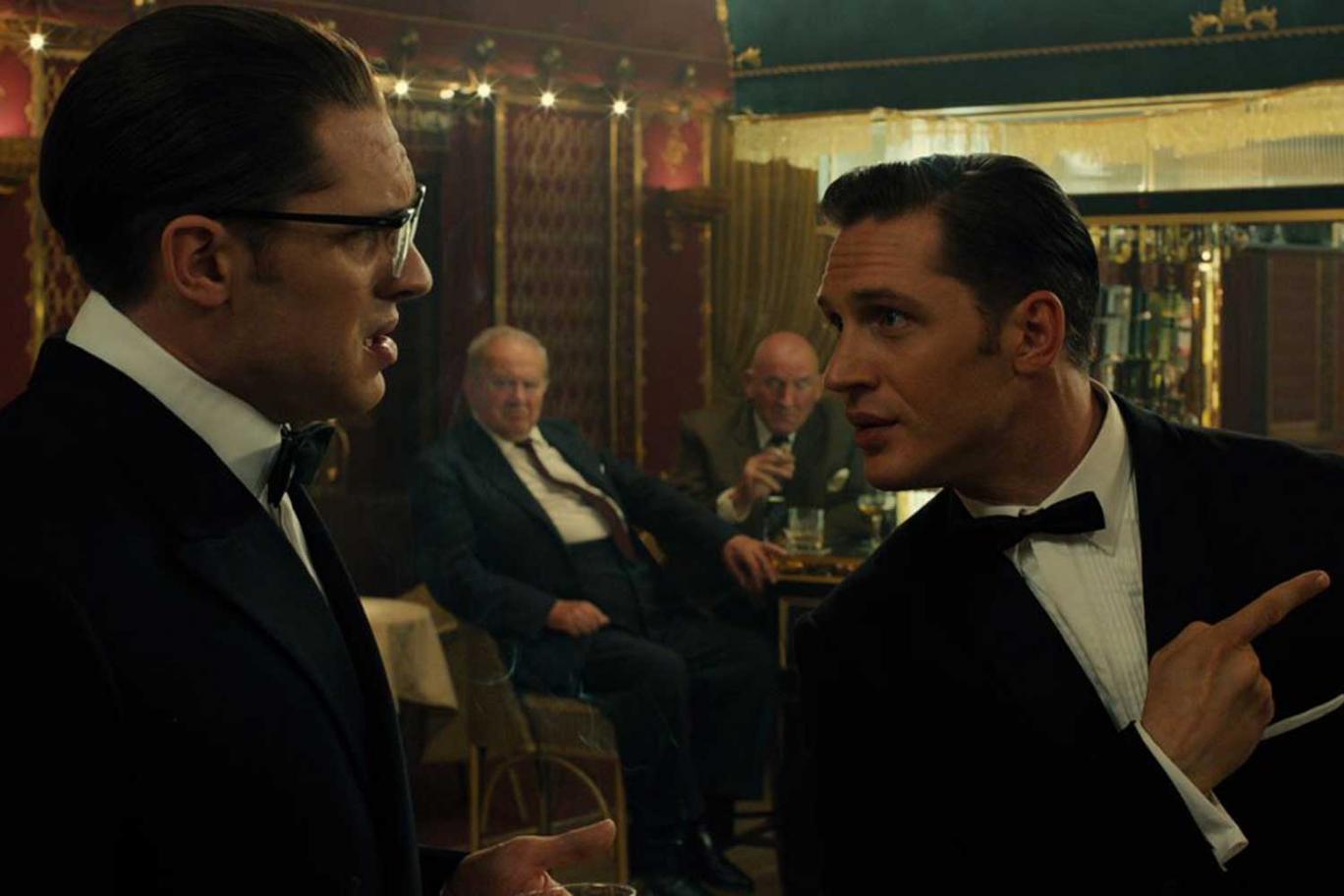
There’s another very obvious attractive element that springs to mind and its name is Tom Hardy.
Right [laughs].
One sample tweet from a reader said, “Tom Hardy times two. My life is now complete.” Any feedback for her on that point?
Well, I mean, I could say, “It’s Tom Hardy times two. My film is now complete.” You know?
I think Tom, he has a charisma on film and a believability. You buy what you’re looking at. And I don’t know how he does that. And I don’t know if he knows how he does it, other than he’s completely dedicated to trying to do it. I think he’s the only actor that I would have had play both brothers. Any other actor, I would have had one play Reggie and found another to play Ron. Because the trick he has to make Tom Hardy disappear, in a way. So he has to become Reggie and he has to become Ron, and leave Tom Hardy out of it, which he does. I think it’s pretty astounding.
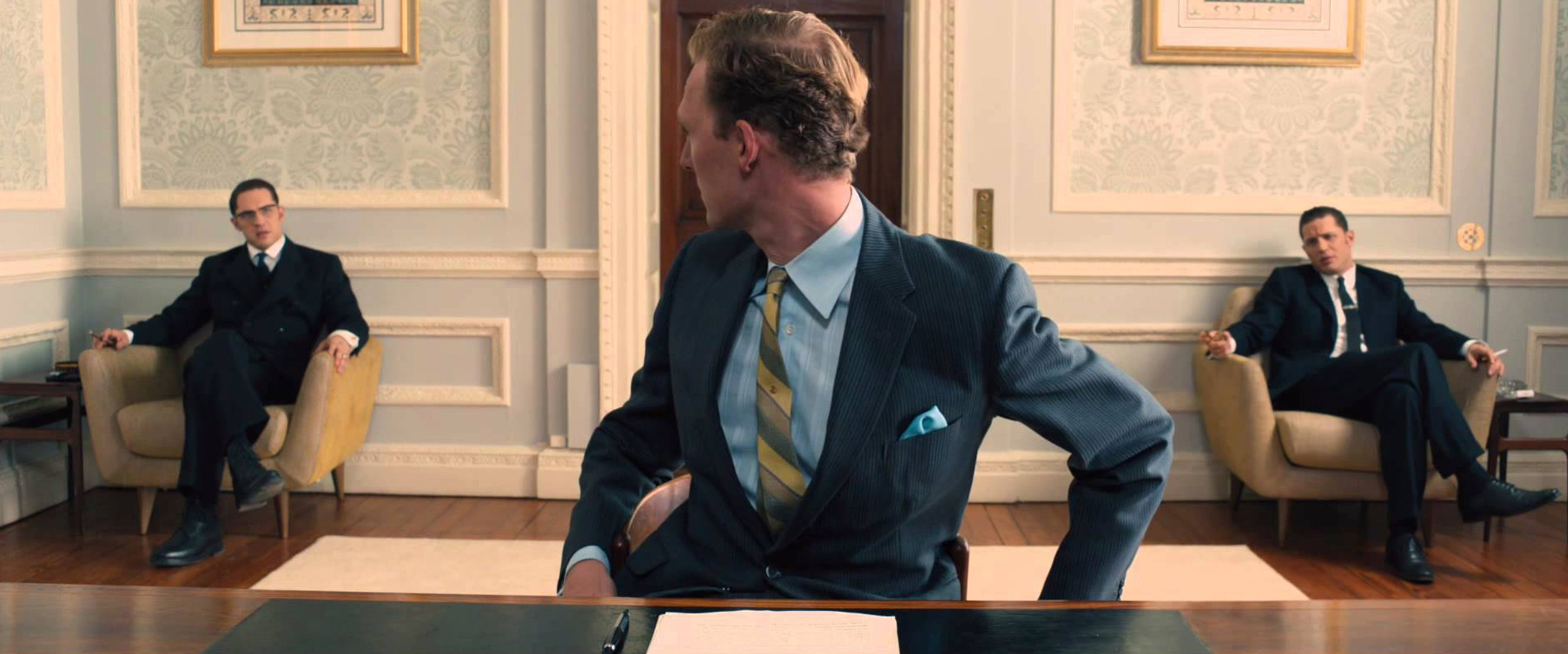
I’m not very familiar with Hardy’s process on set, but one could imagine that with actors that disappear inside characters, playing dual roles becomes an incredibly complex thing to maintain. What were his days on set like? Did he have to sort of partition one character from the other throughout his day?
He’d play them both always on the same day. Some days he was just Reggie. But if Ron was about, he would always start the day as Reggie and then become Ron, usually after lunch. And it’s a tricky thing. Some of it is just acting. You know, if I had asked Tom to only play Reggie, he could have delivered a great performance as Reggie. And if I had asked him to play only Ron, he could have delivered a great performance as Ron. So he’s capable of playing both obviously; he does it in the film. But having to do it in the same day is a trickier thing, and having to do it opposite an actor who’s never there for him is, I think, the amazing thing.
Always in a film when you’re filming, you have two great actors on set, and all kinds of great things happen because you have two actors going toe to toe and challenging each other and supporting each other. And Tom had to supply all that to himself in his head. And I think that’s the trickiest thing. I don’t think playing both brothers in the same day was the hard part; I think playing them both and then not having them opposite him is the great trick that he pulls off. So he’s on his own, really.
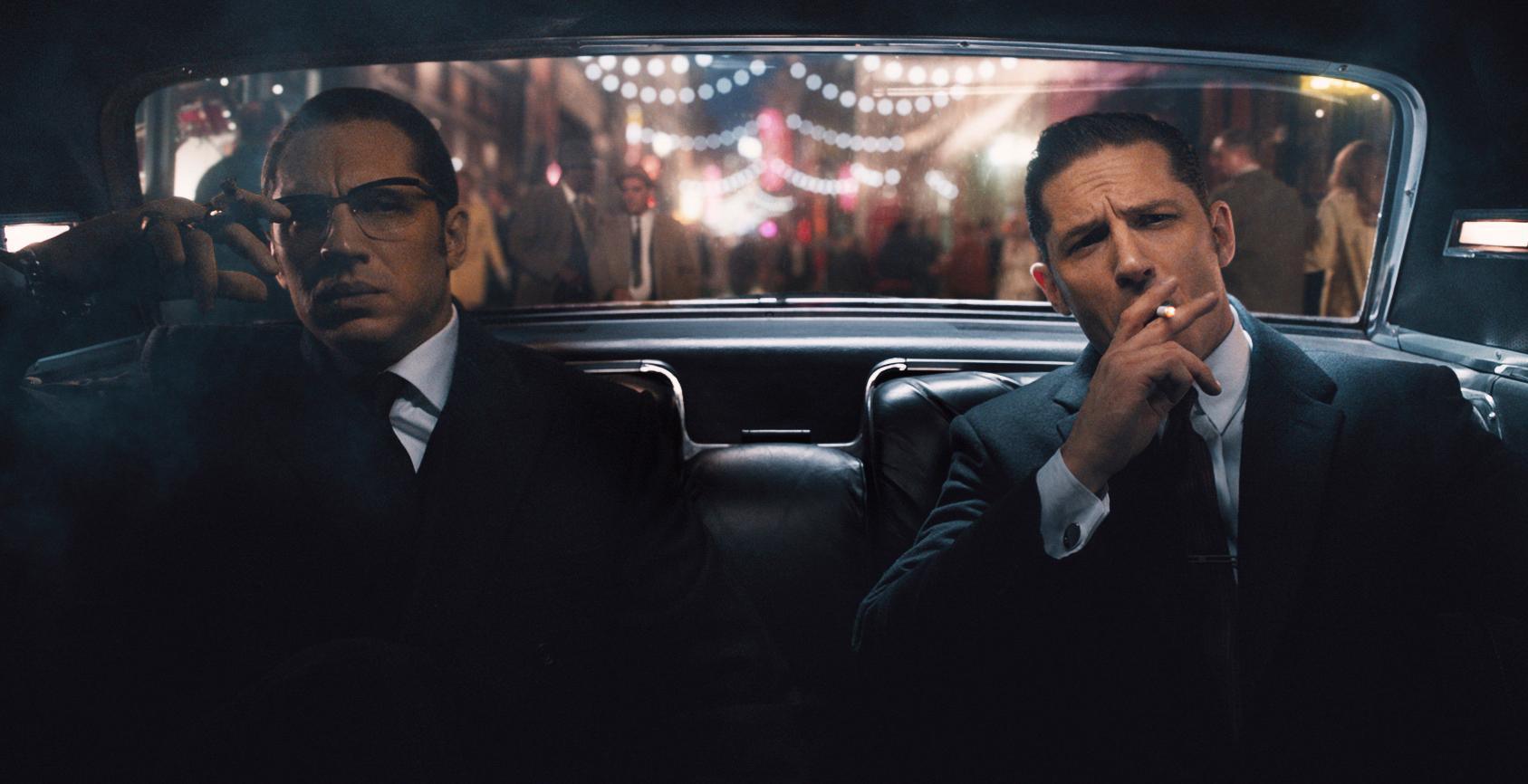
Now, obviously you’ve elected to put yourself in a position that’s really quite a classic directorial issue, and that is that doubling of your lead. Were there any points that you went, “What the hell have I gotten myself into”?
There’s a scene in the film where they’ve had a fight and they end up exhausted and on the ground with Ron hanging on to Reggie. And it’s a very emotional scene between the two of them. And we shot it with Tom and his stunt double and Tom playing Reggie, and then we shot the reverse with Tom playing Ron and his stunt double reversed on him. And you only saw half the scene both times, and I didn’t know if it was going to work, and I was very nervous about it. And then so we had to go to the editing room and cut it together, and it just worked seamlessly. And I just remember being very impressed with that. But other than that, it was probably the big fight scene between them. As we approached that, I got more and more nervous about it, wondering how we were going to put that off. You know, planning and everything, and having a sense of it, but really knowing that we were in big trouble if that didn’t work. So it was probably that whole sequence, was the biggest thing.



